Top Fishing Catches in South Australia
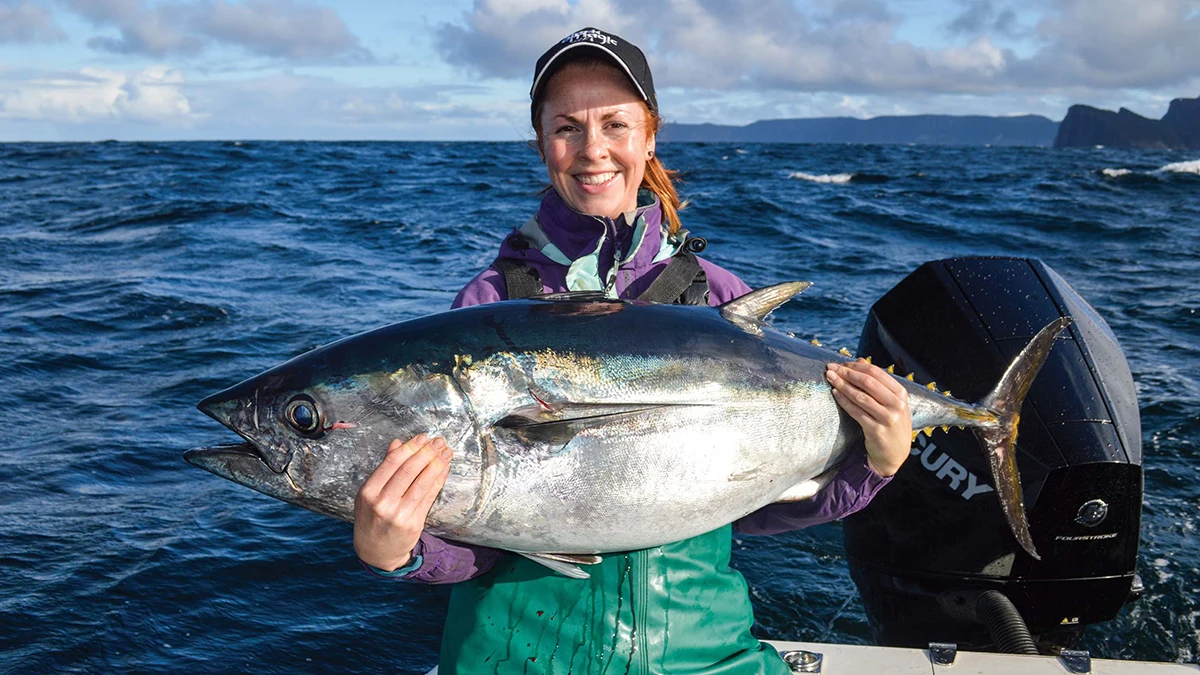
Top Fishing Catches in South Australia
For recreational boaties in South Australia, the thrill of a successful fishing expedition is hard to beat. With its diverse marine habitats and rich biodiversity, South Australia offers anglers a wide array of fish species to target, each with its own unique characteristics and challenges. Whether you’re a seasoned angler or a novice fisherman, knowing where to find and how to catch the top catches in South Australia can greatly enhance your fishing experience. In this guide, we’ll showcase some of the most sought-after fish species in the region, providing valuable information on identification, fishing techniques, and size and bag limits.
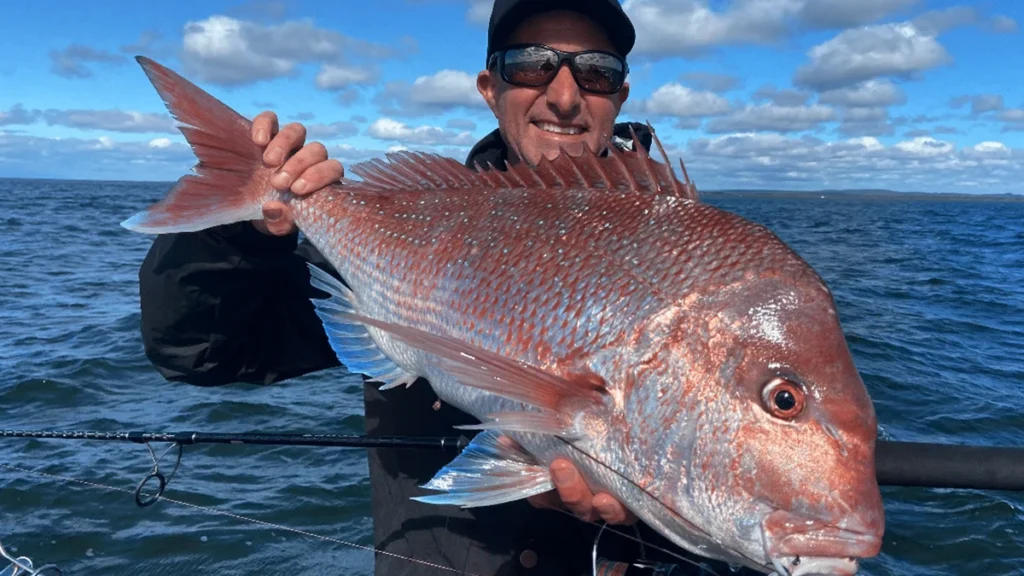
Snapper (Pagrus auratus):
Identification: Snapper are easily recognizable by their distinctive pinkish-red coloration, sloping forehead, and sharp spines along their dorsal fin.
Fishing Techniques: Snapper are often found around rocky reefs, offshore islands, and artificial reefs. They are commonly caught using bottom fishing techniques such as bait fishing with pilchards, squid, or fresh fish fillets. Paternoster rigs or running sinker rigs are popular setups for targeting snapper.
Size and Bag Limits: In South Australia, the minimum legal size for snapper is 38 cm, and the daily bag limit is 10 per person.

King George Whiting (Sillaginodes punctata):
Identification: King George whiting are characterised by their slender body, silver coloration, and distinctive golden stripes along their sides.
Fishing Techniques: King George whiting are typically found in shallow coastal waters, particularly around sandy or seagrass-covered bottoms. They are commonly caught using bait fishing techniques with live worms, pipis, or small pieces of squid or prawn. Light tackle and long, fine leader lines are often used to target these cautious fish.
Size and Bag Limits: The minimum legal size for King George whiting in South Australia is 27 cm, and the daily bag limit is 20 per person.
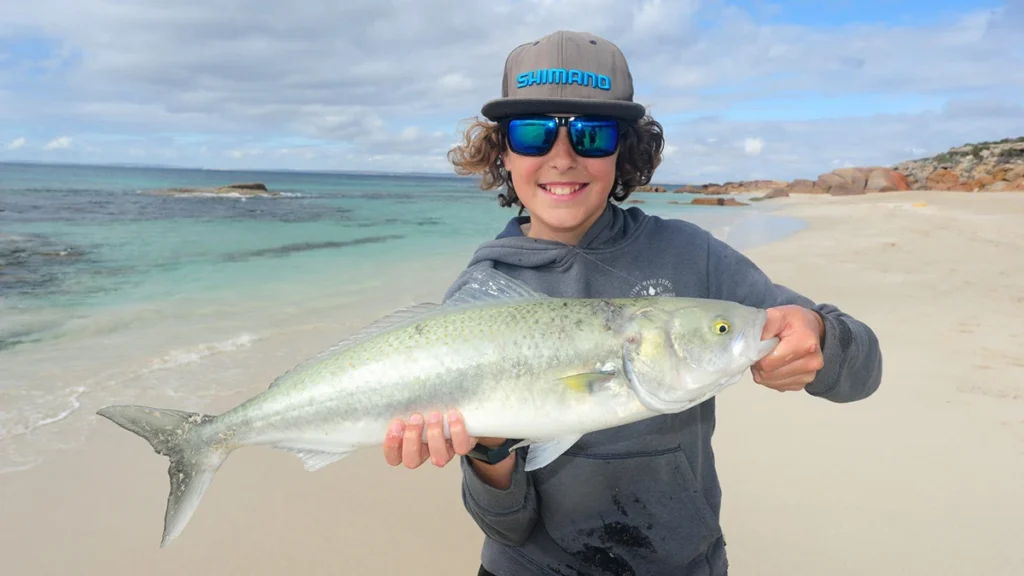
Australian Salmon (Arripis trutta):
Identification: Australian salmon are a highly migratory species known for their torpedo-shaped body, silver coloration, and distinctive dark blue-green back.
Fishing Techniques: Australian salmon are commonly found in schools along the coastline, particularly in areas with strong currents or surf. They are aggressive feeders and can be caught using a variety of techniques, including spinning with metal lures, trolling with diving lures, or bait fishing with pilchards or whitebait.
Size and Bag Limits: There are no size or bag limits for Australian salmon in South Australia, making them a popular target for recreational anglers.
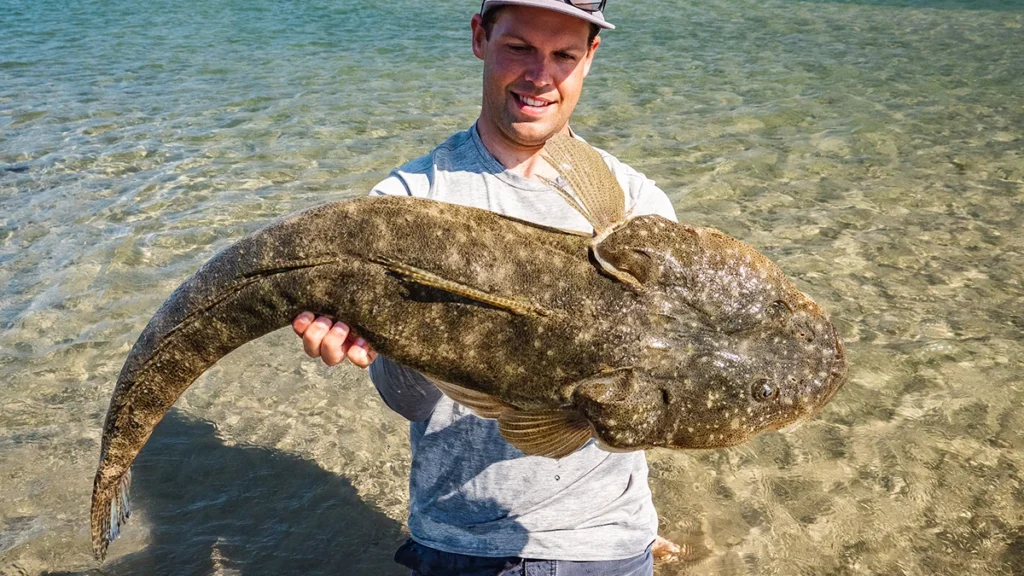
Flathead (Platycephalidae Family):
Identification: Flatheads are characterised by their flattened body, large mouth, and mottled brown or green coloration with distinctive markings.
Fishing Techniques: Flathead are bottom-dwelling fish commonly found in estuaries, bays, and shallow coastal waters. They are opportunistic predators and can be caught using a variety of techniques, including bait fishing with soft plastics, live bait, or fresh fish fillets. Slowly dragging or hopping the bait along the bottom is an effective technique for enticing flatheads to strike.
Size and Bag Limits: In South Australia, the minimum legal size for flathead is 30 cm, and the daily bag limit is 20 per person.
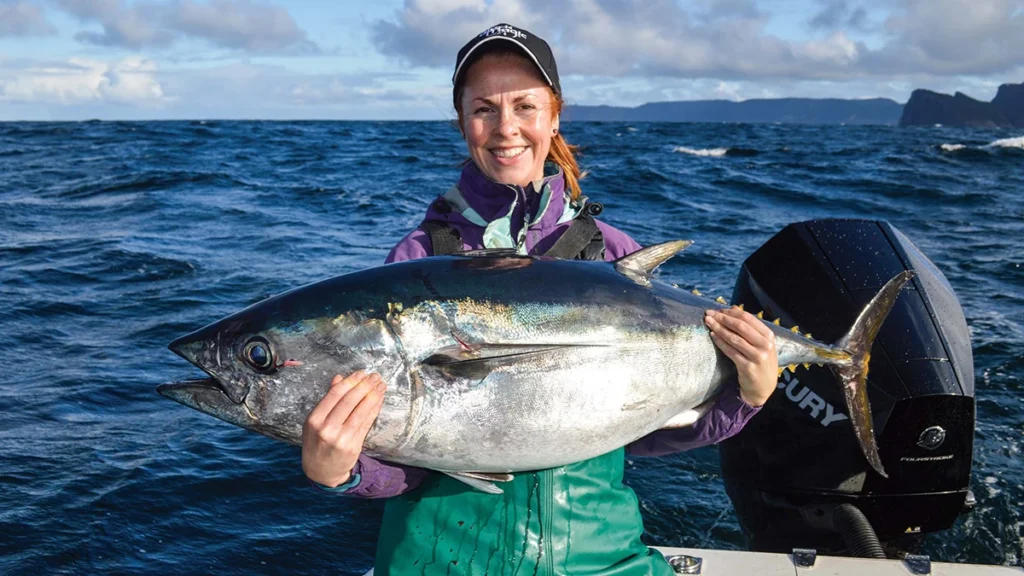
Southern Bluefin Tuna (Thunnus maccoyii):
Identification: Southern bluefin tuna are large, streamlined fish with metallic blue-black coloration on their back and silver-white coloration on their belly. They have long pectoral fins and a distinctive crescent-shaped tail.
Fishing Techniques: Southern bluefin tuna are pelagic fish found in offshore waters, particularly around underwater seamounts and current lines. They are powerful and fast-swimming fish that are typically targeted using trolling techniques with skirted lures, diving plugs, or rigged baits. Heavy tackle and specialised equipment are often required to handle these prized game fish.
Size and Bag Limits: Size and bag limits for southern bluefin tuna vary depending on location and fishing method. Recreational anglers are encouraged to check the latest regulations and quotas before targeting these highly regulated species.
In conclusion, South Australia offers a diverse range of fish species for recreational boaties to target, each presenting its own set of challenges and rewards. By familiarising yourself with the top catches in the region and understanding their behaviour, habitat preferences, and legal requirements, you can increase your chances of success while ensuring sustainable fishing practices. So grab your gear, chart your course, and get ready for an unforgettable fishing adventure along the stunning coastline of South Australia!